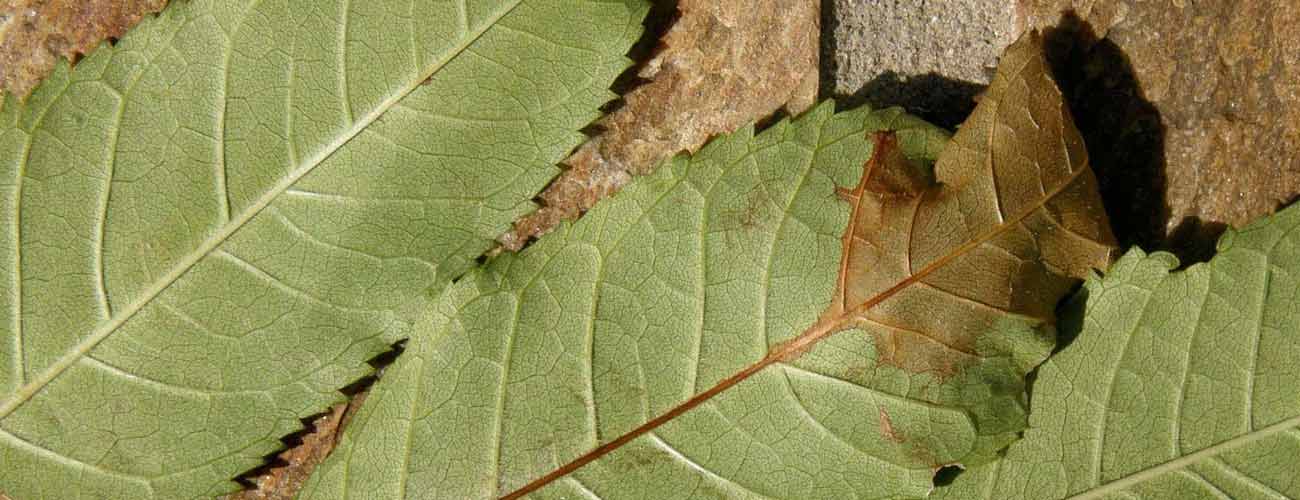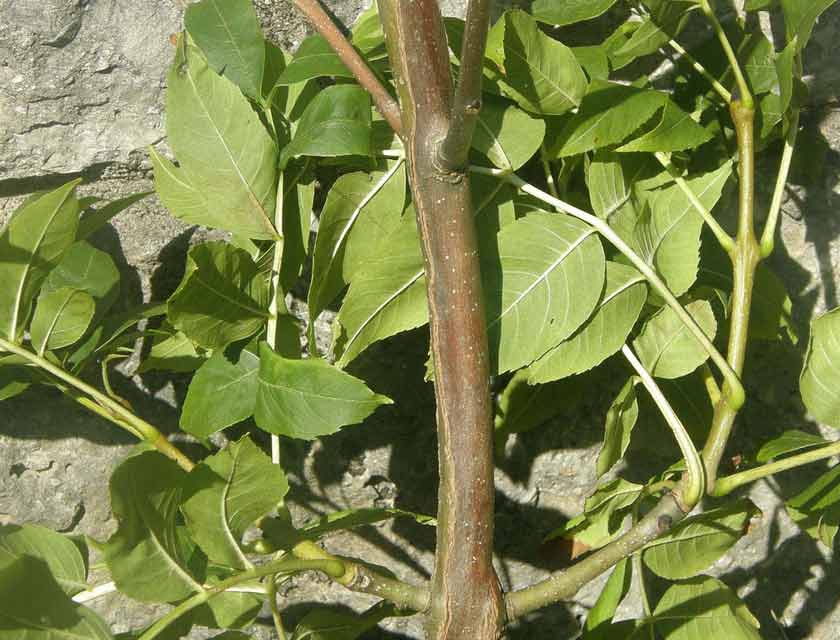

Ash die-back (Chalara fraxinea) first came to public attention in the autumn of 2012 in unprecedented fashion.
Potentially Ash die-back could be as important and devastating as Dutch Elm disease was in the 1970's. First identified in Poland in 1992 it finally arrived in this country in February 2012, however it was not until October that the fungal disease was confirmed in established woodland in East Anglia (over seven hundred & thirty eight sites now confirmed across the UK-figures at 26.08.14).
The full implications of the disease are still not known, and it may be another few years until they are fully understood, although like many other fungal plant diseases it will probably be most damaging to young trees.
When Ash trees start to come into leaf be especially vigilant and check your trees regularly, particularly those planted within the last five years. Ensure you are familiar with the symptoms of the disease - See the Forestry Commission website www.forestry.gov.uk. There is also information on the Woodland Trust website and on Youtube - just type in 'Ash die-back'.
Chalara fraxinea is being treated as a quarantine pest under national emergency measures, and it is important that suspected cases of the disease are reported - How to do this: Use the Tree Alert P+D Sighting Form on the Forestry Commission website which can be found here: forestry.gov.uk/website/treedisease.nsf/TreeDiseaseReportWeb or phone them on the Chalara helpline: 08459 33 55 77, Phone FERA on 01904 465625 or email them, there is even an 'app' for smart phones - visit www.ashtag.org. If in doubt about your identification of the disease contact them anyway - better to be safe than sorry!
Further precautions that you should take: Do not purchase or plant Ash trees - at least until further guidance becomes available, practice good plant hygiene, consult the Forestry Commission for guidance on Biosecurity measures, discourage or prevent public access to woodlands that include Ash if at all possible. Keep up to date with developments.

Young tree displaying symptons of ash die-back disease